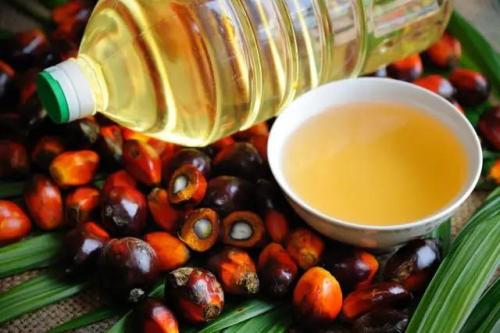SunSirs: Demand-Driven, Chinese Soybean Oil and Palm Oil is Expected to Rise
August 20 2020 08:00:24 SunSirs (Linda)
According to data monitoring by SunSirs, starting from July, supported by bullish factors, the prices of soybean oil and palm oil have ushered in an upward trend, and prices continue to oscillate upward. The prices of soybean oil and palm oil increased by more than 12% throughout July. Entering August, although soybean oil and palm oil prices have continued to decline, prices are still rising. As of August 18, the average market price of soybean oil was 6,666 yuan/ton, an increase of 3.9% from the beginning of August and a 16.69% increase from the price of early July. The average market price of palm oil was RMB 6,140/ton, up 3.47% from the beginning of August and 16.38% from the beginning of July.
According to the monthly rise and fall of soybean oil from January to July 2020, it can be seen that the price of soybean oil fell in the first 7 months and January to April, with the largest decline in February. From May to July, prices began to return to the rising channel, with the largest increase of over 12% in July.
According to the monthly rise and fall of palm oil from January to July 2020, it can be seen that the rise and fall of palm oil in the first seven months was basically similar to that of soybean oil, and the price fell from January to April. The decline in February was the largest, even lower than that of soybean oil. It's still big, over 20%. Palm oil prices also rose from May to July, and the increase was basically similar to that of soybean oil, with the largest increase exceeding 12% in July.
The main reason for this rise and fall was that in February, the demand for the catering industry fell sharply, and the soybean oil palm oil market was suppressed until the demand for the catering industry recovered in May, supported by the biodiesel policy, strong export data of Malay palm oil, and palm oil prices. In the coming days, the weather has turned warmer. Palm oil has an obvious role in replacing soybean oil. Driven by the sharp rise in palm oil, soybean oil also ushered in a sharp rise.
Multiple bullish factors strike soy oil and palm oil have risen
In early August, under the influence of the USDA report and the decline in palm oil export data from Malaysia, the main producer, the soybean oil and palm oil markets both ushered in a slight correction. Beginning in the middle of the month, there were frequent soy oil purchasing and storage news, futures prices rose sharply, inventory data began to decline, and soy oil prices rose again. The latest export data for palm oil showed that Malay exports from August 1-15 fell by 16.3% from the same period last month. Affected by the decline in Malay export data, the price increase was not significant. From August 1 to 18, both soybean oil and palm oil showed oscillating increases, with prices exceeding 3%.
Festival demand pulls soybean oil palm oil market outlook is still expected
In the first half of the month, the price increase of soybean oil and palm oil was smaller than that of the second half of July. As the Mid-Autumn Festival and the National Day are coming, the pre-holiday stocking market of moon cake factories has started one after another, and rigid demand for fats and oils has increased. Among them, soybean oil has shown obvious performance and transactions are active. The stock of soybean oil in oil factories has shown a downward trend. Driven by its rising sentiment, oil also has room to rise.
SunSirs agricultural product analysts believe that the rumors of soybean oil purchase and storage in the market have not yet been implemented, the subject of US soybean weather speculation is still there, and the oil and fat aspect is still dominated by bulls, and there is still room for a big increase in the market outlook.
If you have any questions, please feel free to contact SunSirs with support@sunsirs.com.
- 2025-12-30 SunSirs: China Palm Oil Market Oscillates and Falls in December
- 2025-12-29 SunSirs: Malaysia's Palm Oil Production Decreased by 7.44% Month on Month
- 2025-12-26 SunSirs: Global Vegetable Oil Inventories May Fall to a Four-year Low in 2025/26
- 2025-12-26 SunSirs: Indonesia's Tariff Exemptions and Demand Recovery Boost Palm Oil
- 2025-12-25 SunSirs: Agricultural Products Industries Bulk Commodity Intelligence (December 25, 2025)



